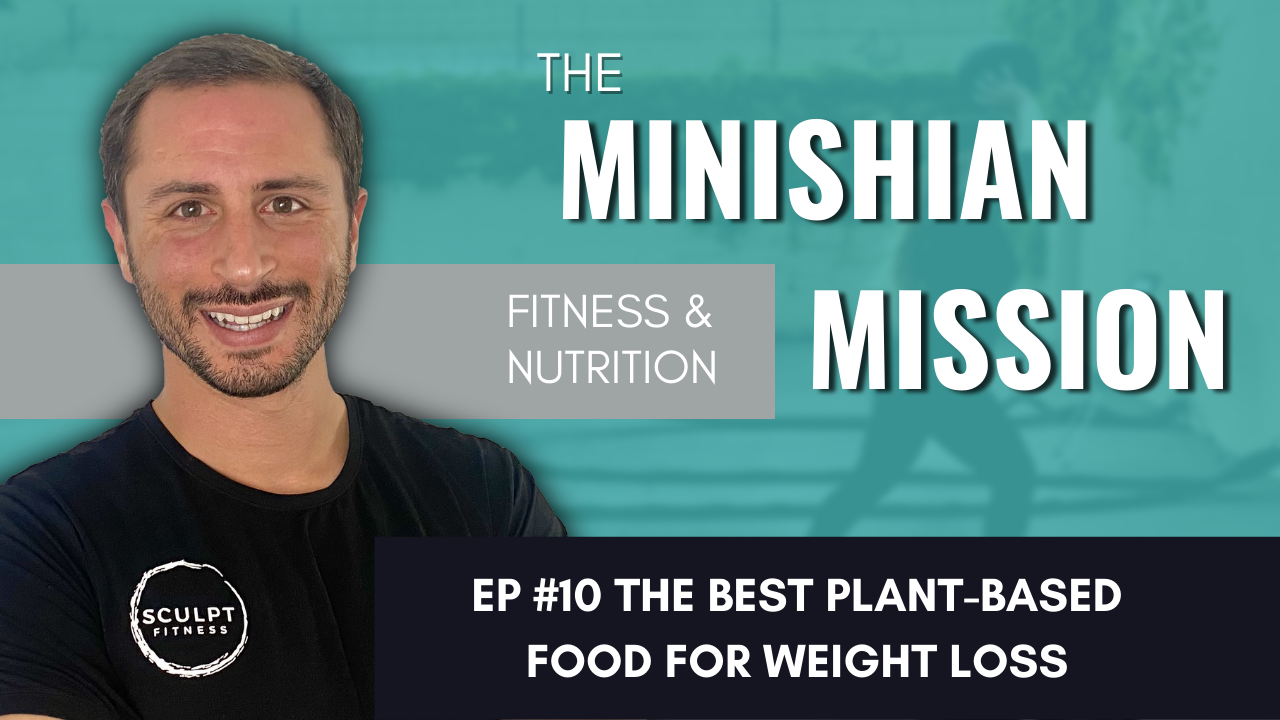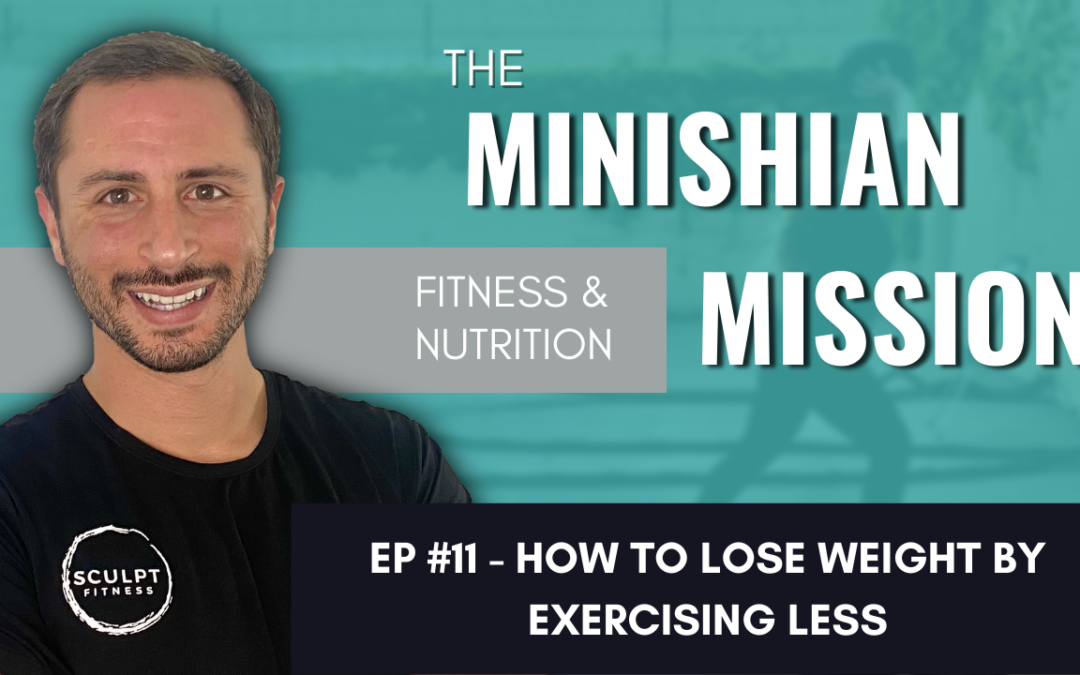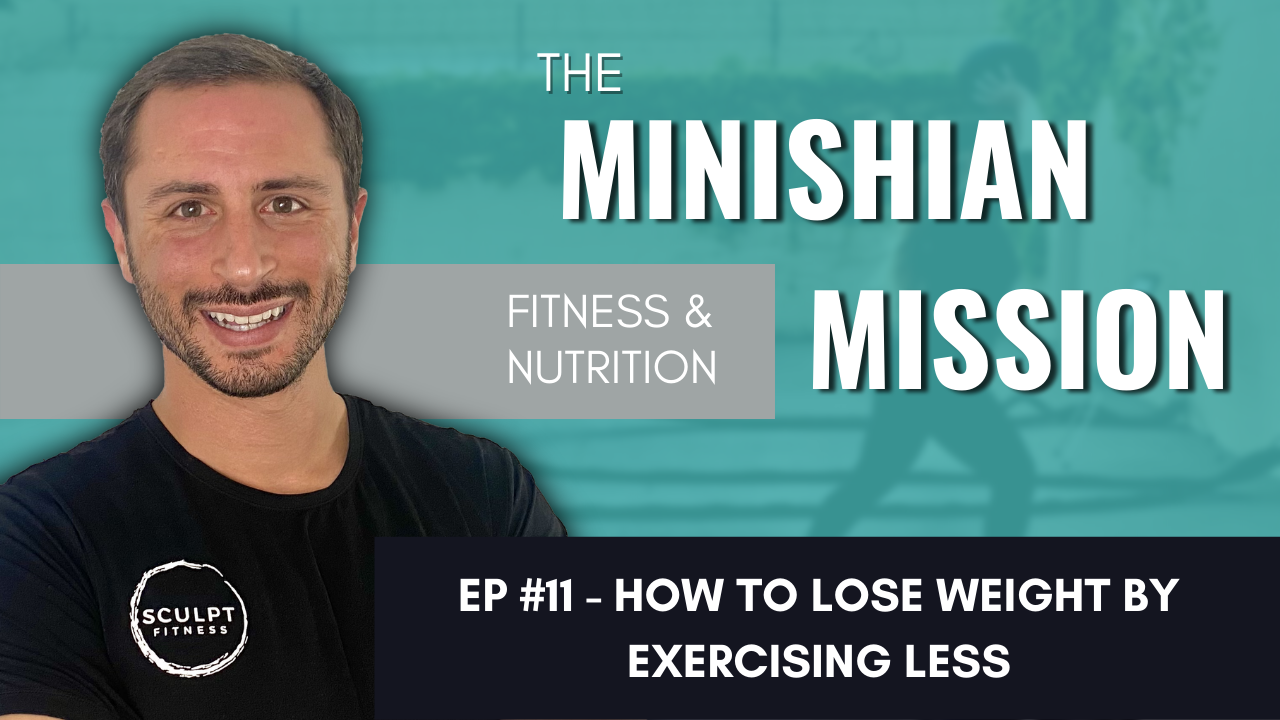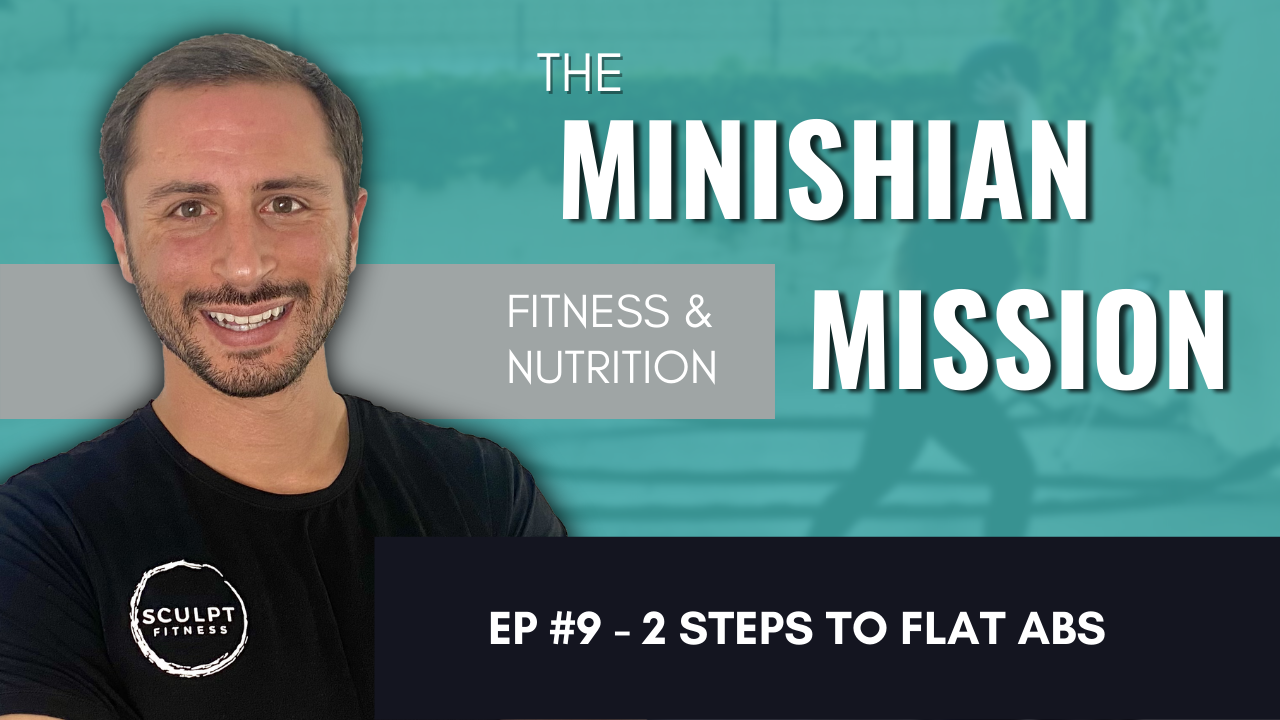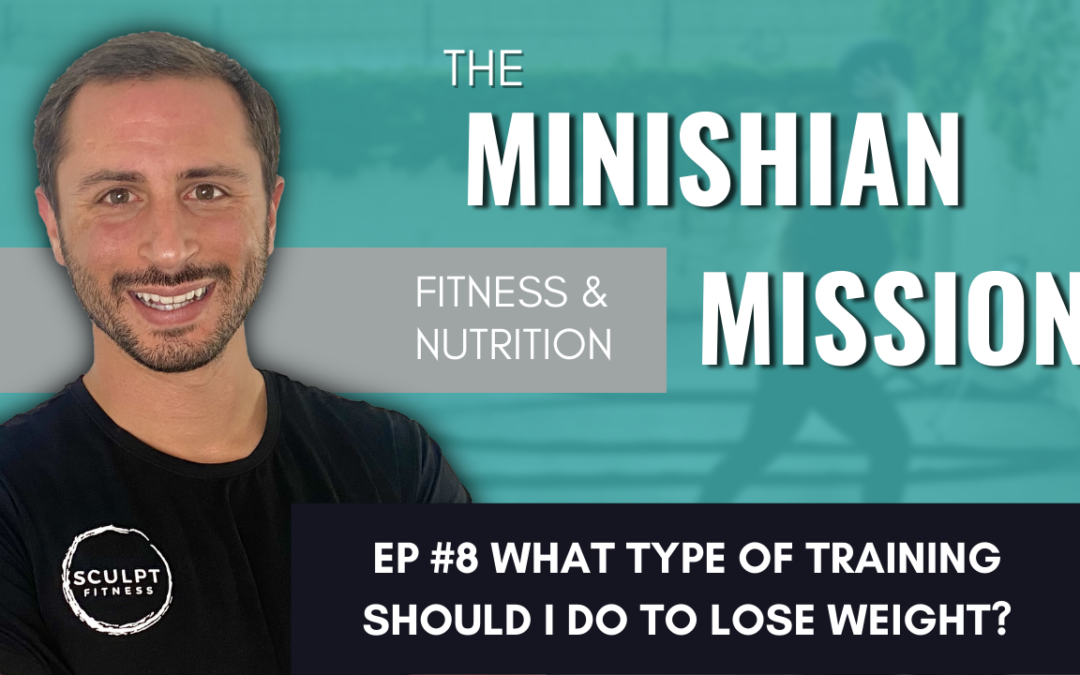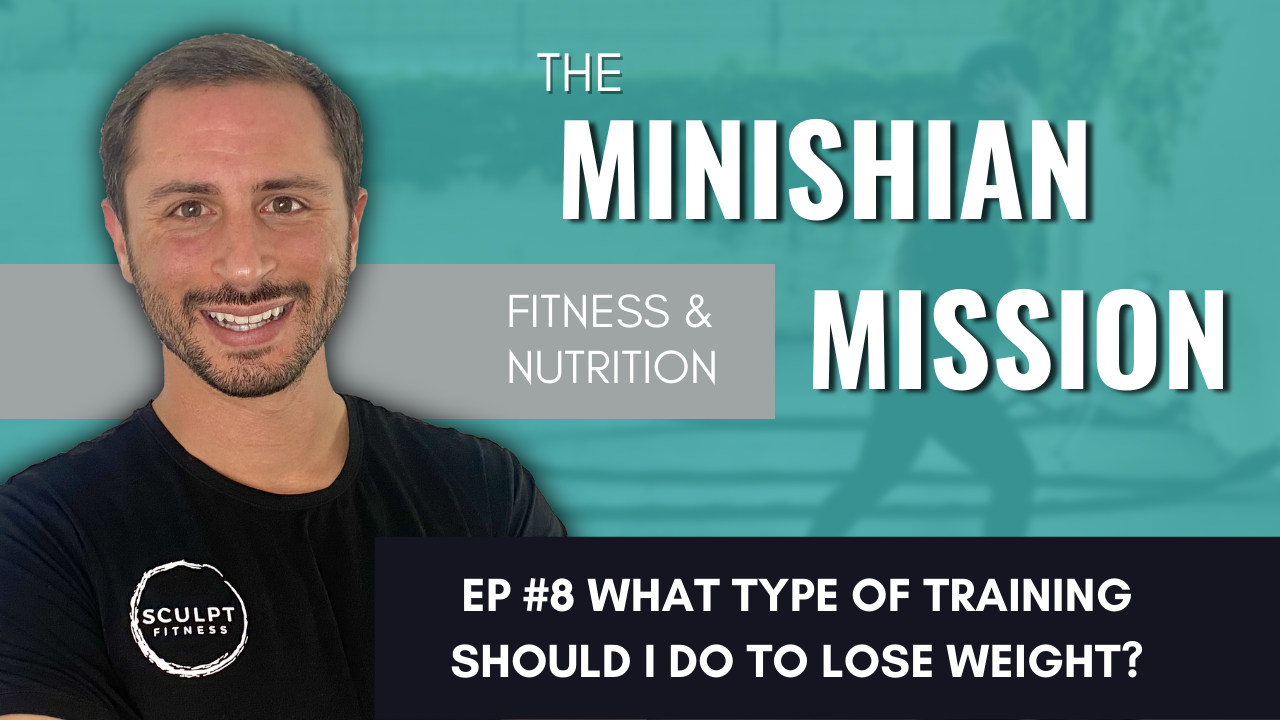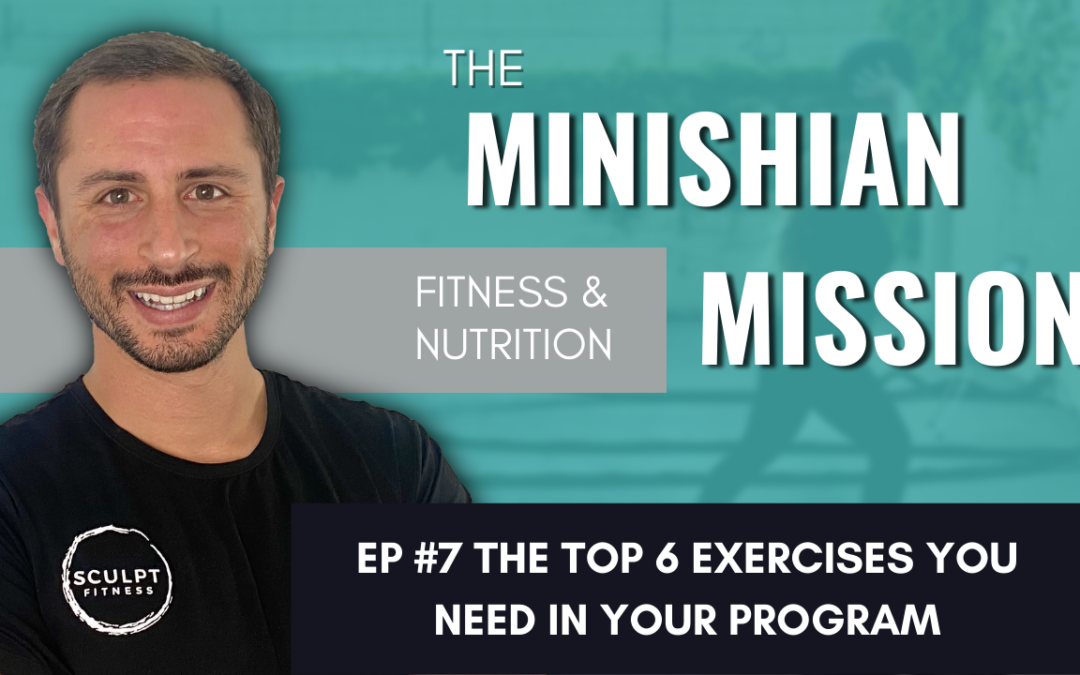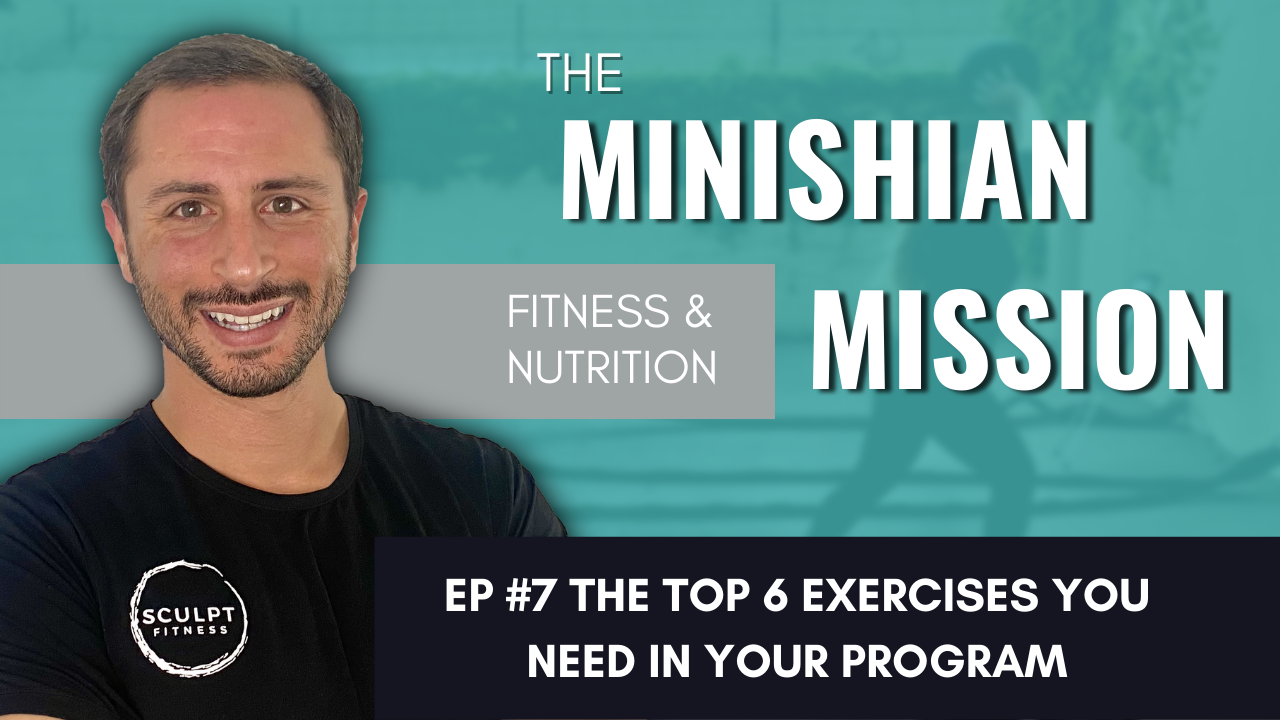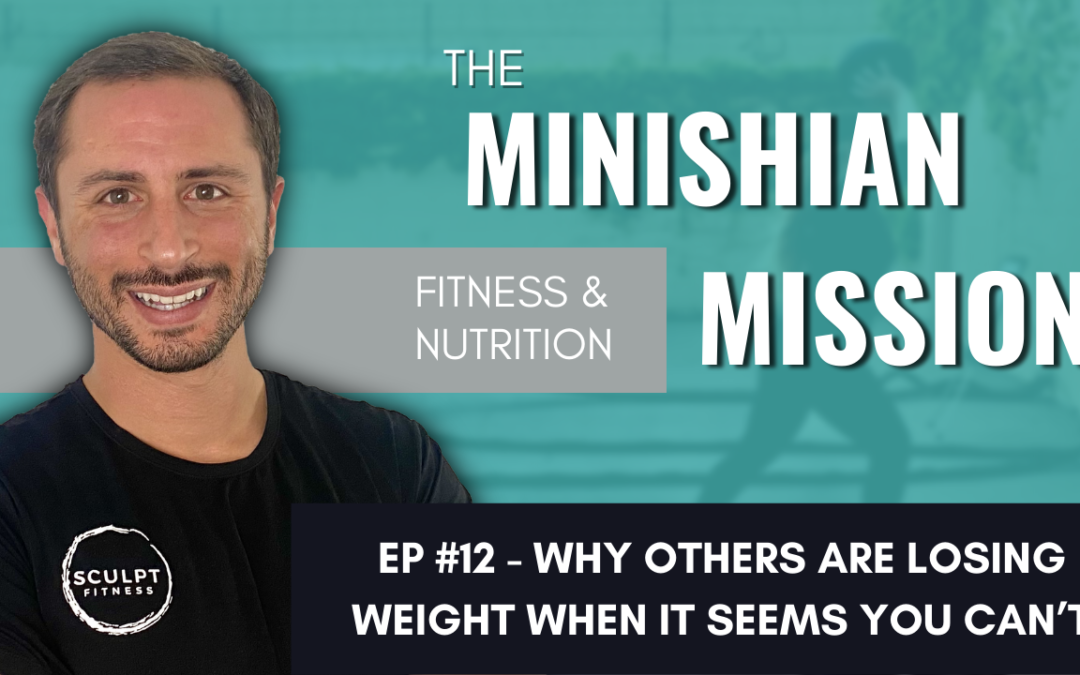
Why Others Are Losing Weight When It Seems You Can’t
A sustainable weight loss journey is possible, and it can include foods you love.
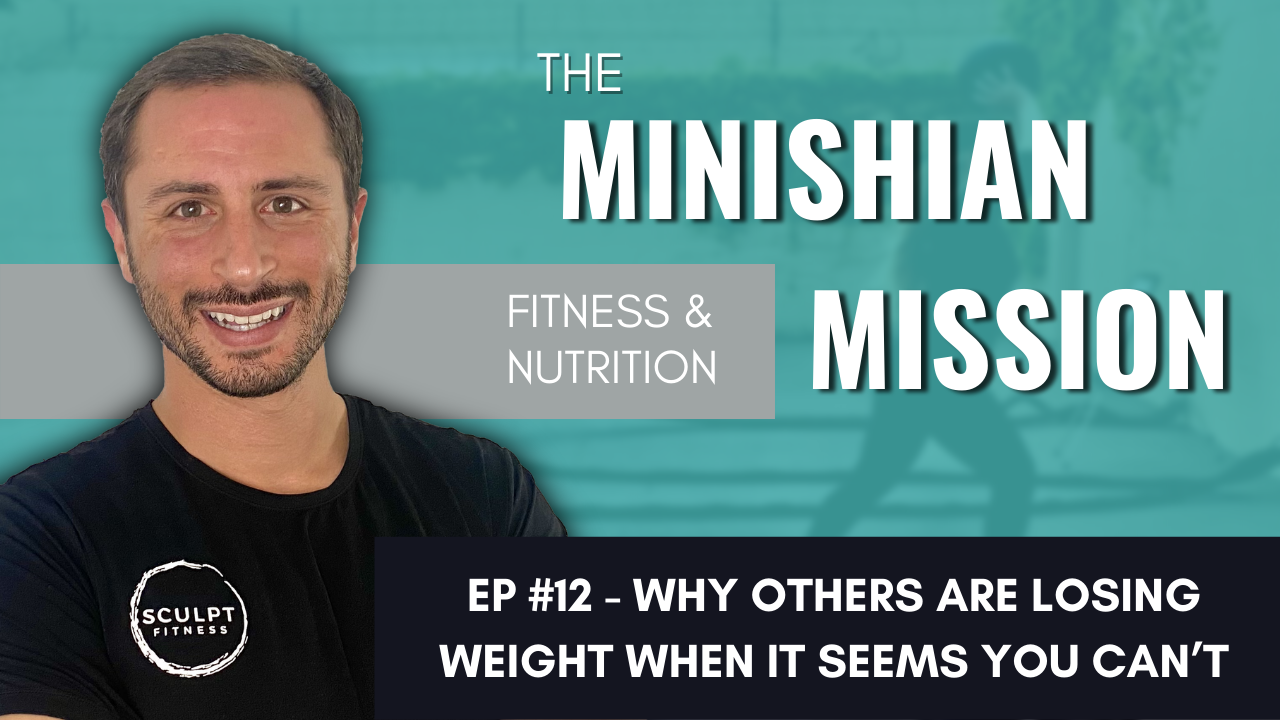
Episode 12: Why Others Are Losing Weight When It Seems You Can’t
A successful weight loss journey is not focused on torturing yourself with a restrictive diet that starves you. Food is not the enemy. Although there are no secrets to losing and keeping weight off, you can build a lifestyle that supports your weight loss goals and without cutting out all your favorite foods.
“When you learn to be in a caloric deficit long term, you will be able to lose weight consistently and keep it off.” — David Minishian
Long Term Calorie Deficit
People that maintain a consistent weekly calorie deficit do not focus on exercising 5+ hours a week, practicing fad diets that throw their hormones out of balance, or cutting out foods from their diet. The ONE thing they all do is practice a caloric deficit. However, there are two common mistakes people make trying to reach a deficit: 1) They eat more nutritious higher quality foods, but they still consume too many calories. 2) They yo-yo diet by severely limiting the number of calories during the week which leads to a drastic overconsumption on the weekends. To succeed at staying in a calorie deficit long term, you should focus on the quantity of food first, not cutting foods out, and maintain roughly the same caloric intake daily.
Fixed Mindset
Having a fixed mindset creates barriers that make losing weight more difficult, for example viewing foods as either good or bad. If you have this view on food, you may find yourself struggling to “stay on your diet,” falling off track and getting back on track. This all or nothing mentality prevents any real progress, because in the long term you will always fall off track. You may get temporary results on a rigid diet, but old habits will eventually take over leaving you where you started, suffering from a bad relationship with food.
Growth Mindset
A growth mindset will support the long-term journey of learning to incorporate the foods you love while reaching your goals. Foods are neither good or bad, they just effect your body in different ways. As you learn what keeps you on track, you’ll be able to create balance in your food intake and in your life. Knowing how to create balance leads to a sustainable lifestyle and avoids the cycle of starting and failing restrictive diets.
Ready to build the body you want with a sustainable lifestyle?
Watch

David Minishian, MPH
Fitness and Nutrition Coach
David is the owner and head coach at Sculpt Fitness in Long Beach, CA. He leads the mission at Sculpt to educate, equip, and empower the local community to make the best decisions for their health. For over 10 years he has coached exercise and nutrition, helping clients create sustainable lifestyle to build the body they want. When he's not training, coaching or cooking, David is on an adventure with his wife and kids or teeing up his next shot on a golf course.

